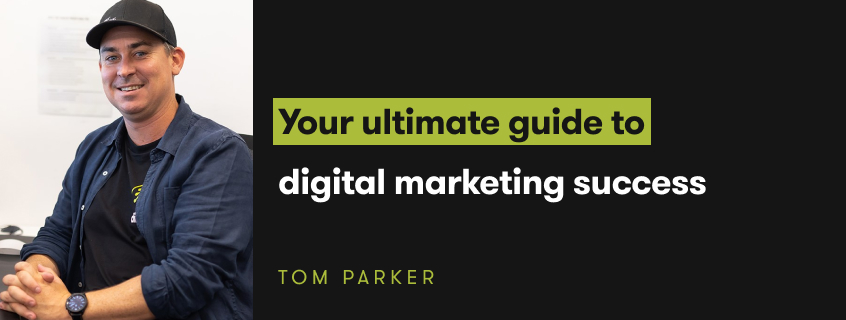


To stay ahead and really connect with your audience, you need sharp digital marketing strategies. As we move through 2024, it’s important to keep adjusting your game plan to keep up with new tech and changing what your audience wants. So, how do you create a kick-ass digital marketing strategy, and keep it working for you continuously?
Ready, set, go market!
Crafting a killer digital marketing strategy for 2024 is all about knowing your market, nailing your messages, and picking the right places to share them. Start strong with the basics, like the MMM Framework, and keep your game fresh by staying on top of new trends and insights. This way, your business can keep growing and really stand out. And hey, if you want to take things up a notch, think about chatting with some experts (us) who can tailor advice just for your business and its unique challenges.
what our clients are saying
create business. better everyday.
Let's Talklearn from the best minds in the business
Bodie provides some insight into Dilate's internal operations. How we approach what we do, and how we strive to be Better Everyday.

"*" indicates required fields


